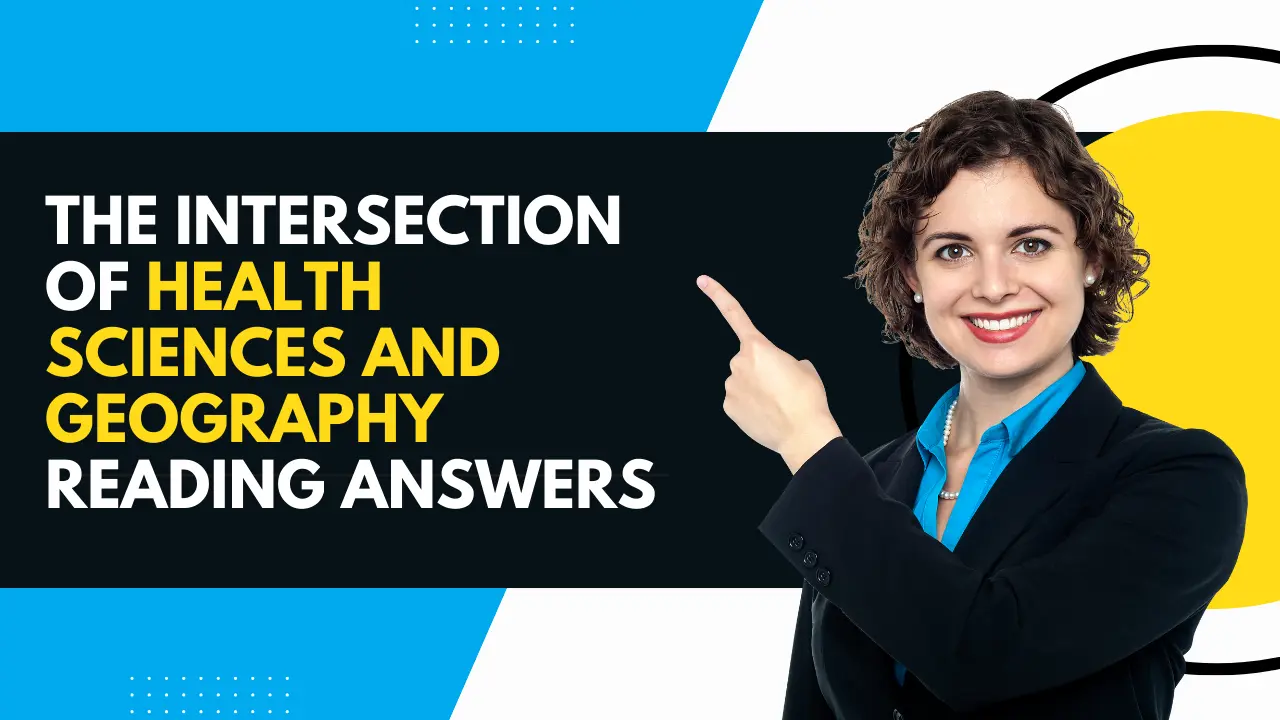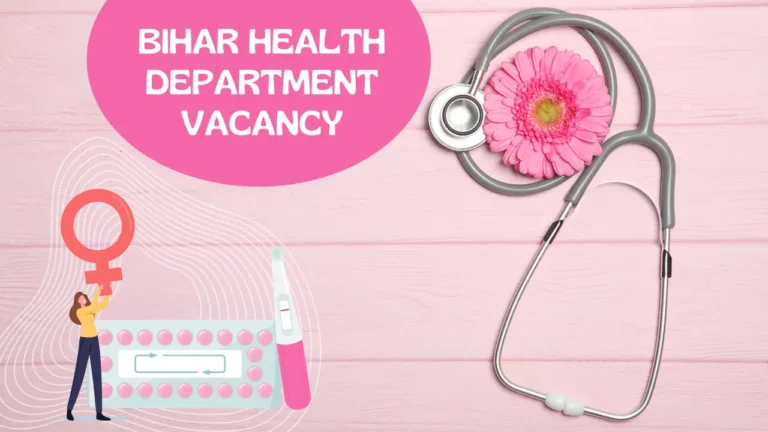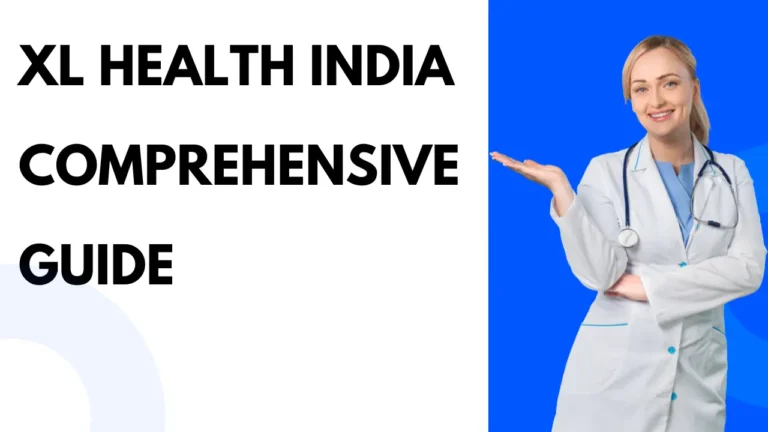The Intersection of Health Sciences and Geography Reading Answers

Understanding the intersection of health sciences and geography provides valuable insights into public health, epidemiology, and healthcare delivery. This interdisciplinary approach leverages geographical tools and concepts to address health issues, understand disease patterns, and improve healthcare systems. The focus keyword, “the intersection of health sciences and geography reading answers”, encapsulates this important field of study.
The Role of Geographical Information Systems (GIS)
Geographical Information Systems (GIS) play a crucial role in the intersection of health sciences and geography. GIS technology maps and analyzes spatial data, helping identify disease clusters, environmental health risks, and the spread of epidemics. For example, during the COVID-19 pandemic, GIS helped track the virus’s spread, enabling governments to allocate resources efficiently.
Spatial Epidemiology and Its Importance
Spatial epidemiology studies the spatial distribution of health outcomes and their determinants. This field offers insights into the influence of location on health. By understanding where diseases are most prevalent, public health officials can develop targeted interventions. This aspect of the intersection of health sciences and geography reading answers key questions about how and why certain areas are more affected by specific health issues.
Environmental Health and Geography
Environmental health examines how environmental factors such as pollution, climate change, and natural disasters impact health outcomes. Geographic analysis helps identify areas with high pollution levels, guiding policies to improve air quality. For instance, studies have shown that urban areas with high pollution levels experience increased respiratory diseases. Understanding these patterns is vital for addressing public health concerns.
Healthcare Accessibility and Distribution
Geography helps analyze the distribution and accessibility of healthcare services. This analysis identifies areas with inadequate medical facilities, highlighting the need for improved healthcare infrastructure. In rural areas, geographic analysis has highlighted the lack of healthcare facilities, prompting initiatives to enhance access. The intersection of health sciences and geography reading answers these critical issues by providing data-driven solutions.
Practical Applications of Health Sciences and Geography
Disease Mapping
GIS technology enables disease mapping, tracking the spread and intensity of infections. This capability was particularly evident during the Ebola and COVID-19 outbreaks, where GIS helped visualize infection hotspots. By mapping diseases, public health officials can implement timely interventions and allocate resources effectively.
Resource Allocation
Geographic analysis ensures the efficient distribution of medical supplies and services, particularly in underserved regions. During health crises, understanding where resources are most needed can save lives. This practical application of the intersection of health sciences and geography reading answers pressing questions about resource distribution.
Risk Assessment
Geographic analysis helps identify areas prone to environmental health risks. By understanding these risks, governments can implement preventive measures. For example, identifying regions susceptible to natural disasters allows for better preparation and response. This aspect of geography provides vital information for protecting public health.
Urban Planning
Integrating health considerations into urban planning improves public health outcomes. Ensuring access to clean water, sanitation, and healthcare facilities is essential for healthy communities. Urban planners use geographical insights to design cities that promote health and well-being. This intersection is crucial for creating sustainable urban environments.
pplications of Health Sciences and Geography
| Application | Description | Example |
|---|---|---|
| Disease Mapping | Tracking the spread and intensity of disease outbreaks using GIS technology. | COVID-19 pandemic |
| Resource Allocation | Ensuring efficient distribution of medical supplies and services, particularly in underserved regions. | Distribution of vaccines during a pandemic |
| Risk Assessment | Identifying areas prone to environmental health risks and implementing preventive measures. | Areas susceptible to natural disasters |
| Urban Planning | Integrating health considerations into urban planning to improve public health outcomes. | Ensuring access to clean water and sanitation |
| Malaria Control | Using GIS to map malaria prevalence and target mosquito control measures effectively. | Sub-Saharan Africa malaria interventions |
| Air Quality Management | Correlating high pollution levels in urban areas with increased respiratory diseases and guiding policies to improve air quality. | Urban air pollution studies |
| Rural Healthcare | Highlighting the lack of healthcare facilities in rural areas and prompting initiatives to enhance access and infrastructure. | Healthcare access in rural areas |
Key Concepts in Health Sciences and Geography
| Concept | Description |
|---|---|
| Geographical Information Systems (GIS) | Technology that maps and analyzes spatial data, helping identify disease clusters and environmental health risks. |
| Spatial Epidemiology | Studies the spatial distribution of health outcomes and their determinants. |
| Environmental Health | Examines how environmental factors such as pollution and climate change impact health outcomes. |
| Healthcare Accessibility | Analyzes the distribution and accessibility of healthcare services to identify areas with inadequate facilities. |
Challenges in Integrating Health Sciences and Geography
| Challenge | Description |
|---|---|
| Data Quality | Obtaining accurate and comprehensive data for effective analysis. |
| Interdisciplinary Collaboration | Requires collaboration across disciplines to integrate health sciences and geography effectively. |
| Ethical Considerations | Handling health data involves privacy and consent issues that must be addressed. |
Future Directions in Health Sciences and Geography
| Future Direction | Description |
|---|---|
| Advanced GIS Applications | Incorporating AI and machine learning into GIS to enhance predictive modeling and decision-making. |
| Climate Change Impact Studies | Studying the health impacts of climate change, such as the spread of vector-borne diseases. |
| Global Health Initiatives | Leveraging geographical insights for global health initiatives to address health disparities and improve outcomes worldwide. |
Case Studies Highlighting the Intersection
Malaria in Sub-Saharan Africa
GIS technology has mapped malaria prevalence in Sub-Saharan Africa, helping target mosquito control measures and distribute bed nets effectively. This case study highlights how the intersection of health sciences and geography reading answers real-world health challenges. By understanding disease patterns, interventions can be more targeted and effective.
Air Pollution in Urban Areas
Studies have shown the correlation between high pollution levels in urban areas and increased respiratory diseases. Geographic analysis guides policies to improve air quality, reducing the incidence of these diseases. This case study emphasizes the importance of integrating geography into public health strategies.
Healthcare in Rural Areas
Geographic analysis has highlighted the lack of healthcare facilities in rural areas. This insight has prompted initiatives to improve access and infrastructure, ensuring that rural populations receive adequate medical care. This case underscores how the intersection of health sciences and geography reading answers critical healthcare accessibility issues.
Challenges and Future Directions
Data Quality and Interdisciplinary Collaboration
Accurate and comprehensive data is crucial for effective analysis, but obtaining high-quality data can be challenging. Effective integration of health sciences and geography requires collaboration across disciplines. Addressing these challenges is vital for advancing this field.
Ethical Considerations
Handling health data involves ethical considerations, including privacy and consent. These issues must be addressed to ensure that geographic analysis respects individuals’ rights. Balancing data utility and ethical considerations is a key challenge in this field.
Also Read: Comprehensive Guide to the SBI Health Insurance Premium Chart PDF
Advanced GIS Applications and Climate Change
Incorporating AI and machine learning into GIS can enhance predictive modeling and decision-making. Studying the health impacts of climate change, such as the spread of vector-borne diseases, will be crucial. Leveraging geographical insights for global health initiatives can address health disparities and improve outcomes worldwide.
Frquently Asked Questions
What is the intersection of health sciences and geography?
The intersection of health sciences and geography involves using geographical tools and concepts to address health issues. This interdisciplinary approach helps in understanding disease patterns, improving healthcare delivery, and identifying environmental health risks. By leveraging technologies like GIS, spatial epidemiology, and environmental health studies, it provides valuable insights into public health.
How does GIS technology aid in public health?
GIS (Geographical Information Systems) technology aids public health by mapping and analyzing spatial data. This helps identify disease clusters, track the spread of epidemics, and assess environmental health risks. For example, during the COVID-19 pandemic, GIS was crucial in visualizing infection hotspots and enabling efficient resource allocation.
What are some real-world applications of the intersection of health sciences and geography?
Real-world applications include:
- Disease Mapping: Tracking the spread and intensity of diseases.
- Resource Allocation: Efficiently distributing medical supplies and services.
- Risk Assessment: Identifying areas prone to environmental health risks.
- Urban Planning: Integrating health considerations to improve public health outcomes. Examples include mapping malaria prevalence in Sub-Saharan Africa and studying the impact of air pollution in urban areas.
What challenges exist in integrating health sciences and geography?
A4: Key challenges include:
- Data Quality: Ensuring accurate and comprehensive data for effective analysis.
- Interdisciplinary Collaboration: Effective integration requires collaboration across various disciplines, which can be challenging.
- Ethical Considerations: Handling health data involves privacy and consent issues that must be addressed. Addressing these challenges is vital for advancing the field and improving public health outcomes.
Conclusion
The intersection of health sciences and geography reading answers many critical questions about public health, disease patterns, and healthcare delivery. By leveraging GIS technology, spatial epidemiology, and environmental health studies, this interdisciplinary approach can improve healthcare delivery, enhance disease prevention, and promote better health outcomes globally. Understanding this intersection is vital for creating healthier communities and addressing future health challenges.
Also Read: Vital Health: A Comprehensive Guide






